Blade: Edge of Darkness – Unleash the Shadows in This PC Classic
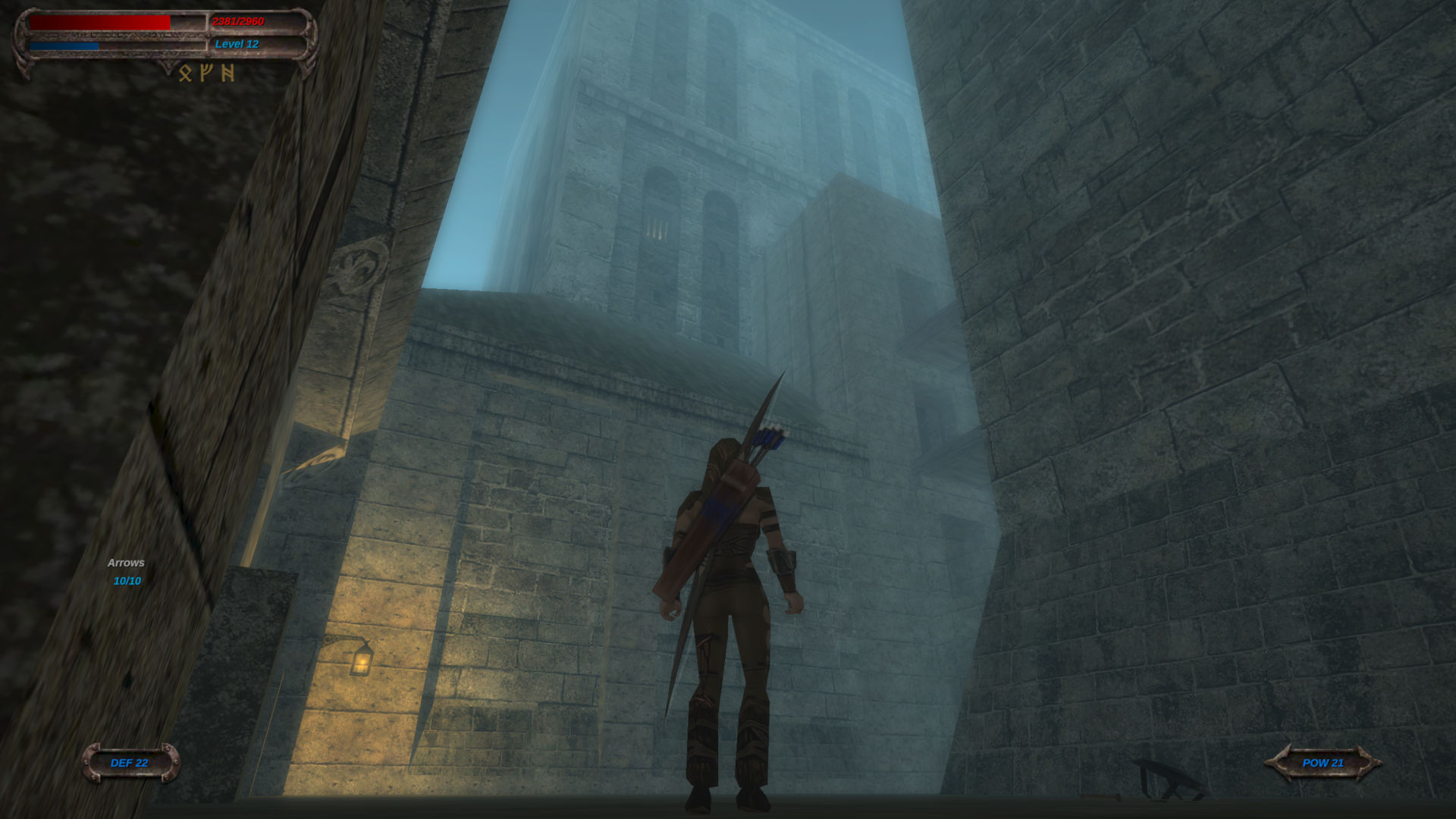
Back when Quake became a phenomenon for PC gaming fans, we started hearing about a Spanish project that promised to revolutionize the industry's graphical standards. The first screenshots hinted at a medieval world, similar to the settings of books like Dragonlance or The Lord of the Rings, with a touch of magic and intense action at the heart of the story. Plus, these early images showed that the game already had impressive graphical details, especially when it came to lighting effects.
However, time passed, and at every E3 edition, the release of this project kept getting delayed over and over. Skeptics and pessimists began comparing Blade to notorious flops like Daikatana, and criticism quickly followed. The truth is, Rebel Act, the company behind the game, took their time with it—but over the years, clear improvements in the game’s engine showed they weren’t just sitting idle.
The situation dragged on longer than expected, frustrating fans eager to try the game. The release was always said to be "six months away," which was reminiscent of that famous Tom Hanks movie where the builders kept saying the house would be done in "three weeks," making the protagonist laugh.
And the story continues...
In the Central Kingdoms, a dark shadow looms menacingly. A powerful enemy, leading armies of orcs and sinister creatures, advances, conquering the kingdom’s castles. Neither the brave nomads of the steppes nor the proud knights can live in peace due to the constant sieges. Even the dwarves' underground strongholds, once impenetrable, are no longer safe.
Evil spreads relentlessly, and hope is scarce. Legends speak of an ancient hero who defeated evil with a powerful sword granted by Ianna, the mother of all living beings. However, the hero’s bravery cost him his life, and he was buried in a temple beside a stone altar where the sword rests.
Though it’s an old legend, the present calls for a new, pure-hearted hero—one capable of wielding the sacred sword and banishing evil from the world forever.
The moon will turn to blood,
the sun will darken.
The earth will be covered by waters,
and from their places in the sky,
the shining stars will fall;
fire and smoke will rise high
and crash against the heavens themselves.
Gameplay
Blade throws you into thrilling combat—some of the most realistic ever seen in a PC action game. At first, adapting to the controls and figuring out the right tactics for each enemy can be tough. But after a few hours, you’ll be shouting in victory (if you’re home alone) when taking on a patrol of orcs (or maybe I just get too excited).
The combat system follows a pattern somewhat similar to The Legend of Zelda on Nintendo 64—you face your enemies and perform sidesteps to execute combos you’ll learn throughout the adventure. These combos shouldn’t be underestimated, as they deal massive damage, some reaching up to 2500 points. As you gain combat experience and level up, you’ll unlock new moves.
The length of the levels is another key aspect of the gameplay, as they can take two to four hours to complete and are packed with challenging enemies. This immerses you even deeper into Blade’s world, and you’ll feel satisfied after finishing a level after an afternoon inside a fortress.
The adventure has two endings: To get the good ending, you must find the five hidden runes scattered across the game’s 14 levels. Missing any runes will lead you to an alternate ending. This guarantees hours of fun, not to mention the four playable characters—each with their own fighting style, moves, and unique traits—offering four distinct ways to enjoy the game.
Graphics
First, I’ll point out some criticisms before praising what Blade truly deserves. After so much time, certain common issues in other games—like clipping (not so much with the sword, which is sometimes necessary to avoid getting stuck, but with enemies hitting walls) and simple or cheap effects, like waterfalls or water movement—are unforgivable.
Now, onto the praise: Blade uses a truly revolutionary engine. It stands out for its stunning, realistic dynamic lighting effects and its object collision system, which delivers physics almost identical to reality. The textures, while they might have impressed more "six months ago" due to distribution delays, still offer an amazing level of detail. Castles are adorned with murals, paintings, stained glass, hieroglyphs, and other details that will leave you staring in awe. The outdoor mountain landscapes are also meticulously designed, contributing to the game’s wonderful atmosphere.
Lastly, character movements are magnificent, clearly the result of extensive work. One neat detail is the "Matrix effect," which slows down the action and lets you see every animation in detail as the camera circles your character. In short, Blade’s graphics are undoubtedly its strongest point.
Music & Sound FX
When it comes to sound, I have no complaints. The music, composed by Óscar Araujo, is a showcase of imagination and fits the game perfectly at every moment. The compositions vary depending on the situation—drum percussion in some levels, monastic chants in others. When exploring places inhabited by the dead or spirits, like catacombs, the whispers and other eerie sounds will send chills down your spine.
As for the sound design itself, the quality is just as impressive. The clashing of your sword or weapon against different surfaces—walls, wooden or metal shields, doors, and gates—is represented with great precision and realism. Additionally, sound effects like wind whistling through rock crevices, the sound of your footsteps and your enemies’, arrows being fired, and the crackling of flames are all equally well done. Truly exceptional work in this department.
Characters
Tukaram, the Barbarian: In Search of the Truth
The brave nomadic peoples of the steppes, descendants of the Irkanio, face dark times. Despite their pride and courage, a new threat—clans of orcs and malevolent creatures—has disrupted the peace in their lands. Strange disappearances and demons lurk in the night, and a troubling vision disturbs the elder Dabaghiyeh, who chooses Tukaram, a warrior of great skill and loyalty, to uncover the source of these disappearances and gain the support of ancestral spirits. Tukaram embarks on a mission that could change his people’s fate.
Sargon, the Knight: Guardians of the Kingdom
The Kingdom’s Knights, defenders of justice and order, represent the King’s power. The empire of Armina, ruled from the fortress of Lagash, is under threat by powerful orc clans that have seized control of ancient roads and strongholds. Sargon, captain of the King’s Knights, is sent to Krak de Tabriz to gather intel on enemy activities and protect the borders.
Naglfar, the Dwarf: The Blood of the Earth
The dwarves, known for their isolation and love of mining and jewels, find their peace shattered. Veins of copper bleed, and ancient enemies return to their deep mines. Naglfar, sent by his clan, heads to Kazel-Zalam in search of answers in the Great Library. His journey will determine the survival of his race—and the world.
Zoe, the Amazon: In Search of Lost Treasures
Zoe, a brave warrior from Argos, leaves her merchant life behind to embark on a quest for treasure and adventure. After obtaining a mysterious map from a maddened traveler, she sets out to explore an unknown city and uncover secrets hidden in distant lands.
With these four characters, each with their own destiny, the world braces for significant changes and unimaginable challenges.
Enemies
In Blade, you’ll face a wide variety of enemies, each belonging to different races with unique traits like intelligence, aggression, and combat tactics. Though I haven’t finished the game yet and don’t know all the enemies, I can break them down into general categories:
- Aggressive Races: Includes orcs, minotaurs, and trolls. These enemies attack without a defined strategy, making it easy to confuse them and even turn them against each other briefly. Though strong and capable of heavy damage, you can exploit their lack of coordination.
- Stone Beings: Appear at the end of some levels and are extremely strong and resilient. Some may be weak to certain sword elements—for example, an ice stone being is vulnerable to fire attacks. They’re slow but powerful, so dodging their strikes and hitting them during recovery is key.
- Undead: Weak and slow, great for farming experience. Watch out for their poisonous spit attacks. They also regenerate, so they can ambush you unexpectedly.
- Lesser Beasts: Includes spiders and mutant dogs. Not a major threat and easy to defeat.
- Traitor Knights: Smart, strategic enemies that attack in coordinated groups. They defend efficiently and may use traps and ambushes. Stay cautious and avoid overconfidence.
- Skeletons: Fast but with limited attack patterns. Once you learn their moves, dodging becomes easier—but they often appear in groups and can emerge from the ground, requiring constant vigilance.
Some levels feature minor demons as final bosses, each with unique traits. In Blade’s guide on retrovideojuegos.com, we’ll provide effective strategies to defeat them.
Conclusion
If you haven’t noticed yet, I’m absolutely thrilled by this game—I consider it a masterpiece. That said, I admit I’m biased… but who wouldn’t be with a game this addictive? Every aspect is so well-crafted that you can appreciate the quality in all of them, with minor flaws never ruining the experience.
One thing I value most in games is their ability to immerse players in the character’s shoes and faithfully convey the world and the protagonist’s situation. In this regard, Blade excels. Discussing the game with a friend this weekend, we concluded: "If Medal of Honor did a pretty good job representing World War II, Blade does it even better for the worlds of Dragonlance, Conan the Barbarian, and other fantasy settings."
My recommendation for all action-adventure fans? Get this game as soon as possible. You’re in for more than enough hours of fun to get completely hooked.
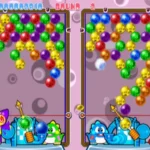 Super Bust-A-Move: The Puzzle Craze That Never Gets Old
Super Bust-A-Move: The Puzzle Craze That Never Gets Old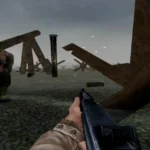 Medal of Honor: Allied Assault – Become a WWII Legend
Medal of Honor: Allied Assault – Become a WWII Legend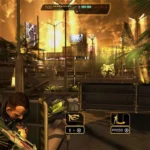 Deus Ex: A Masterpiece of Storytelling, Characters, and Action
Deus Ex: A Masterpiece of Storytelling, Characters, and Action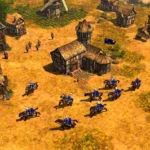 Age of Empires 2: Building Empires in the Medieval Era
Age of Empires 2: Building Empires in the Medieval Era Diablo 2: Lord of Destruction - A New Era of Darkness
Diablo 2: Lord of Destruction - A New Era of Darkness Paris 1313: The Mystery of Notre-Dame Cathedral - A Journey Through Medieval Intrigue
Paris 1313: The Mystery of Notre-Dame Cathedral - A Journey Through Medieval Intrigue Resident Evil Code Veronica: A Deep Dive into the Survival Horror Classic
Resident Evil Code Veronica: A Deep Dive into the Survival Horror Classic

Leave a Reply